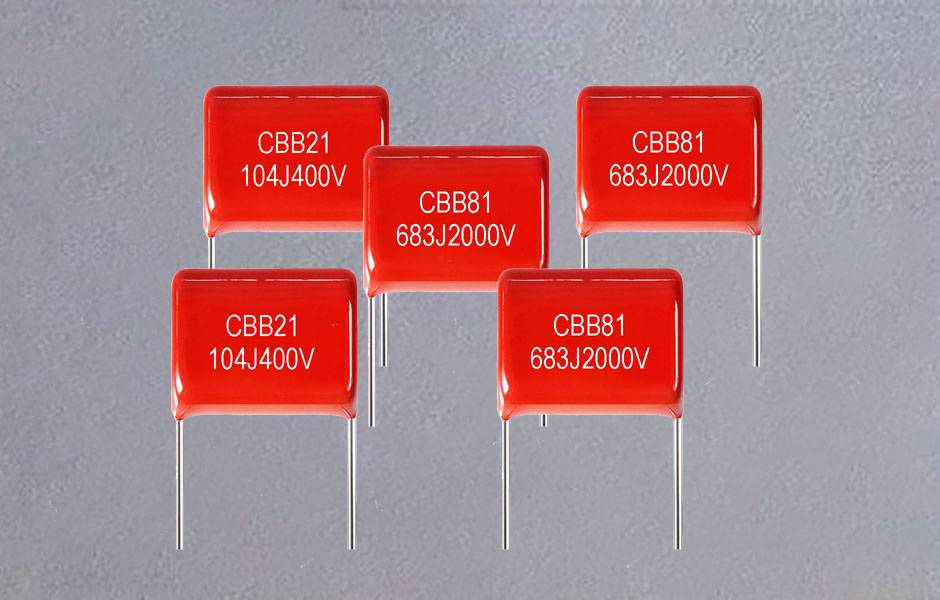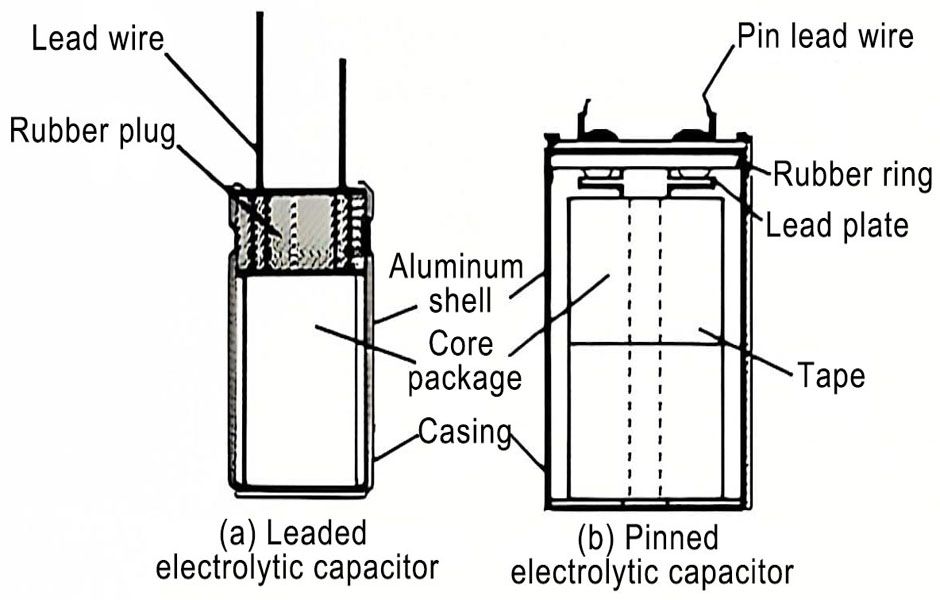1. Supercapacitor are green energy sources (activated carbon) and do not pollute the environment; lead-acid batteries pollute the environment.
2. Advantages of supercapacitors: extremely long life, with a cycle life of 3000 to 5000 times; the cycle times of lead-acid batteries are only 300 to 500 times.
3. The charging speed is extremely fast: an electric bicycle can be fully charged in 2 to 3 minutes; a lead-acid battery takes 5 to 8 hours. Supercapacitors can be deeply discharged and can be charged with high current; lead-acid batteries are not allowed to be deeply discharged and high current charging is not allowed.
4. The price of supercapacitor: a little higher than that of lead-acid batteries (1/3 higher), but the service life is 5 times higher than that of lead-acid batteries. The price of lithium-ion batteries is three times higher than that of super capacitors.
5. The size of the super capacitor: It is customized according to the existing standard electric bicycle battery box size. Generally, the battery box of the electric bicycle and the super capacitor can be put in.
6. None of the electric vehicle companies have installed super capacitors. It can be said that installing super capacitors on electric bicycles is a pioneering work.
7. Compared with lead-acid batteries, super capacitors are completely maintenance-free. Supercapacitors do not require human management and maintenance. Lead-acid batteries need to be managed and taken care of by people. Large capacitors can work at -30°C to -40°C, and lead-acid batteries basically cannot work at this temperature.
8. Supercapacitors can recover up to 75% of electric energy in terms of braking energy and downhill potential energy; lead-acid battery energy recovery is only 5%. This kind of energy recovery of super capacitors can save a lot of electric energy.
9. The charging and discharging efficiency of supercapacitors is as high as 98%, and the charging and discharging efficiency of lead-acid batteries is as low as 70%. The difference between the two is close to 30%. This also means that about 30% of energy can be saved. At the critical moment of energy saving and emission reduction, this is A very important indicator.




